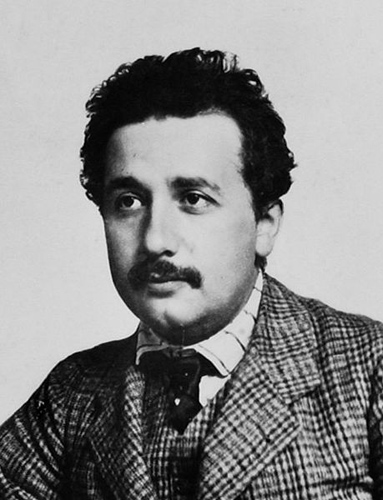Einstein published the special theory of relativity in 1905. There are two postulates of special theory of relativity. The relativity postulate is the laws of physics are the same for all observers in all inertial reference frames and no one frame is preferred over any other. The speed of light postulate is the speed of light in vacuum has the same value c in all directions and in all inertial reference frames. Under the two postulates special relativity has yielded a four coordinate system including x, y, z, and t, the relativity of simultaneity, the relativity of time (time dilation), the relativity of length (length contraction), the Lorentz Transformation, the relativity of velocities, the Doppler effect for light, and momentum and energy.
The special theory of relativity yields one of the most well known equations E = mc². Total energy E of an isolated system cannot change by the conservation of energy. In fusion and fission E = γmc² is used where γ is the Lorentz factor of the particle in motion where the equation can be expressed in other relationships. When a particle or particles fuse or undergo(es) fission energy is released as radiation energy and mass energy.
